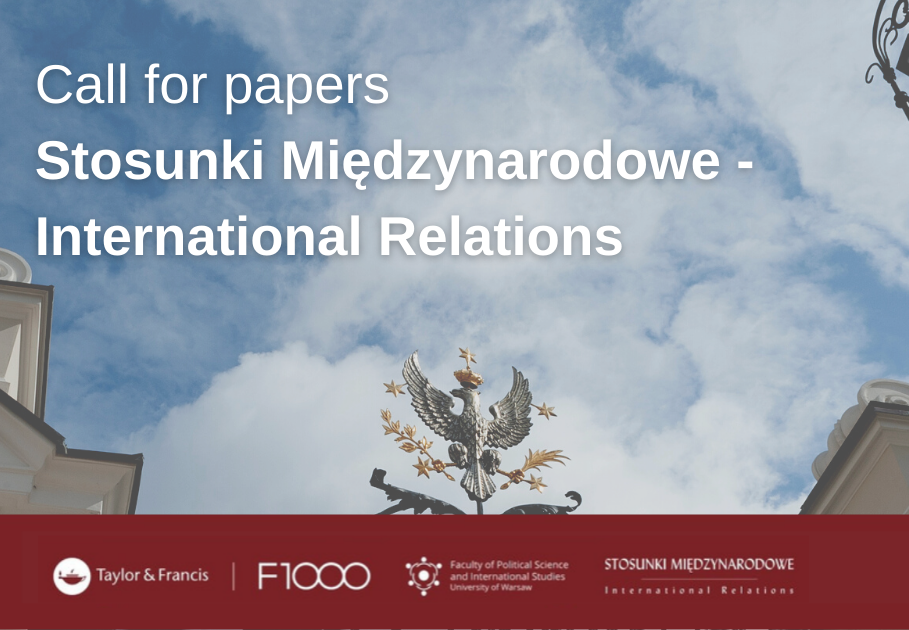About the Journal
Aims and scope
Editorial Board and Advisory Board
Ethics Policy
Privacy Policy (GDPR)
Contact
Current issue
Archive
For Authors
Call for Papers - New Publishing Platform of SM-IR
Guidelines for Authors
Formal requirements - structure of texts
Editorial requirements
Review procedure
Reviewing rules
Review process
Review procedure
Reviewing rules
Guidelines for Reviewers
Policies/Ethical Code
Contact
ARTICLE
Romanian Government Relations – The Orthodox Church
in Shaping the Official State Identity Policy After 1989
1
Uniwersytet Gdański
2
Uniwersytet w Oradei
3
Akademia Wychowania Fizycznego i Sportu w Gdańsku
Publication date: 2018-12-31
Stosunki Międzynarodowe – International Relations 2018;54(4):105-122
KEYWORDS
ABSTRACT
Relations between the Romanian government and the Orthodox Church after World
War II changed several times with the change of the party’s policy and role of the
church in socialist Romania. After the persecution and arrests of clergy in the 1960s,
the church became a useful tool in promoting Romanianism in Transylvania and
Banat, a loyal ally of the communist authorities. After the Romanian revolution
(1989), its role in shaping national belonging and national identity in the official one
government policy has increased. The aim of the research and analysis carried out is
an attempt to indicate the dynamics of changes in clergy vocations and administrative
structures in the Romanian Orthodox Church and to assess the role played by the
government-Church relationship in shaping the official identity policy of the state,
as well as national identity in the post-revolution period. The work uses statistical
data presenting changes in the Romanian Church and the report “Religious beliefs
and nationality in Central and Eastern Europe” developed by the Pew Research
Center based on surveys carried out in 2015–2016.
We process personal data collected when visiting the website. The function of obtaining information about users and their behavior is carried out by voluntarily entered information in forms and saving cookies in end devices. Data, including cookies, are used to provide services, improve the user experience and to analyze the traffic in accordance with the Privacy policy. Data are also collected and processed by Google Analytics tool (more).
You can change cookies settings in your browser. Restricted use of cookies in the browser configuration may affect some functionalities of the website.
You can change cookies settings in your browser. Restricted use of cookies in the browser configuration may affect some functionalities of the website.



